Starting your Wildlife Pond

It’s so wonderful to see so many of our Cultivation Street entries building and nurturing their wildlife ponds. For new gardens or gardens looking to build one however, the thought of starting and building a pond can be quite daunting. We want to help guide you to get your pond started, with ways to make the most of it.
If you have a space in mind, that’s great. Although, if you have a large blank canvas, you may be wondering where exactly to position it. Selecting a location is simple, it should be in a sunny spot which will allow the oxygenating plants to thrive and allow it to reach its full potential. Avoid positioning directly under trees, as when the leaves fall, they can clog the pond. Also, try and avoid right next to footpaths and walkways, especially if the spot is popular with children and pets.
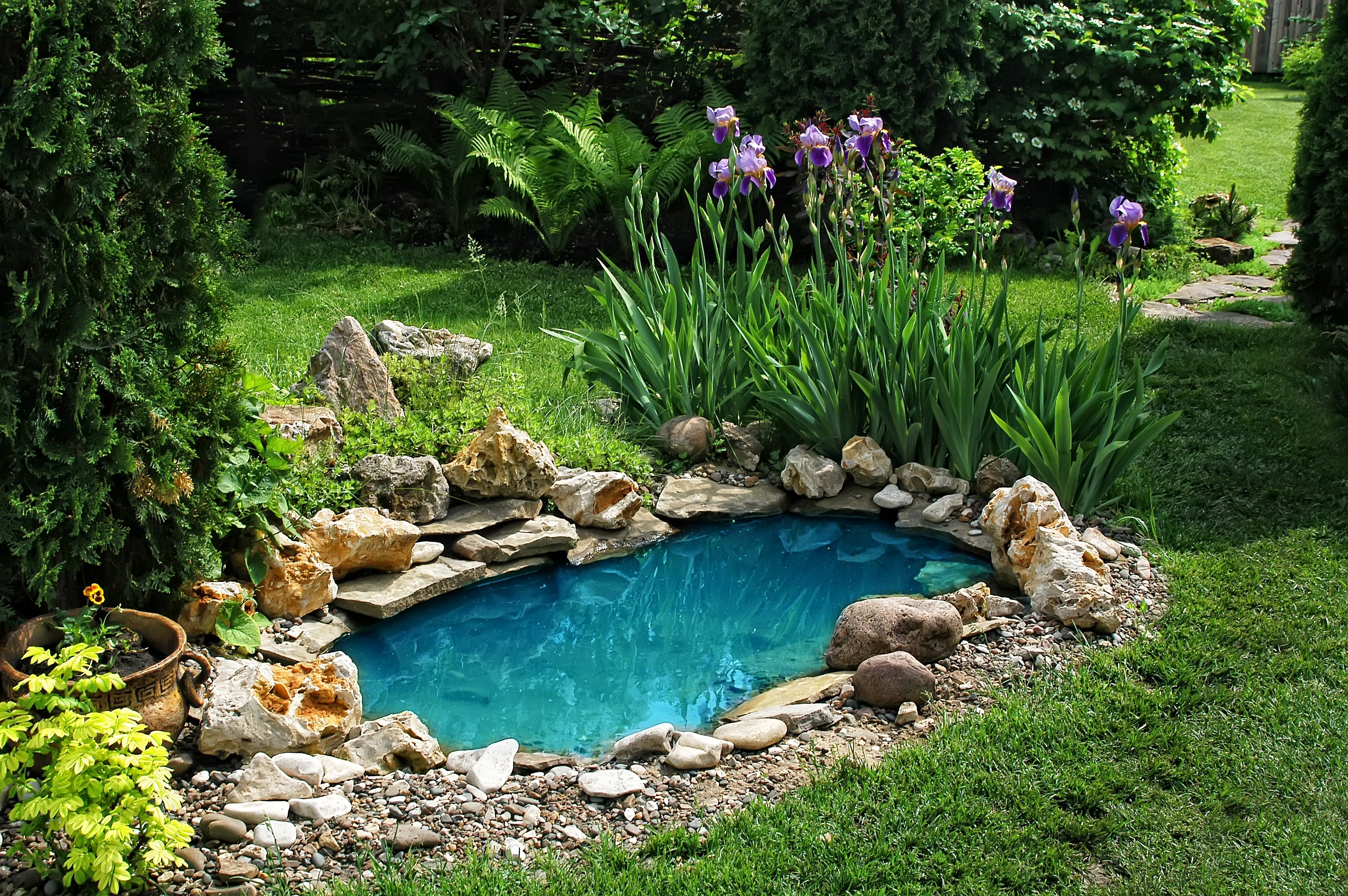
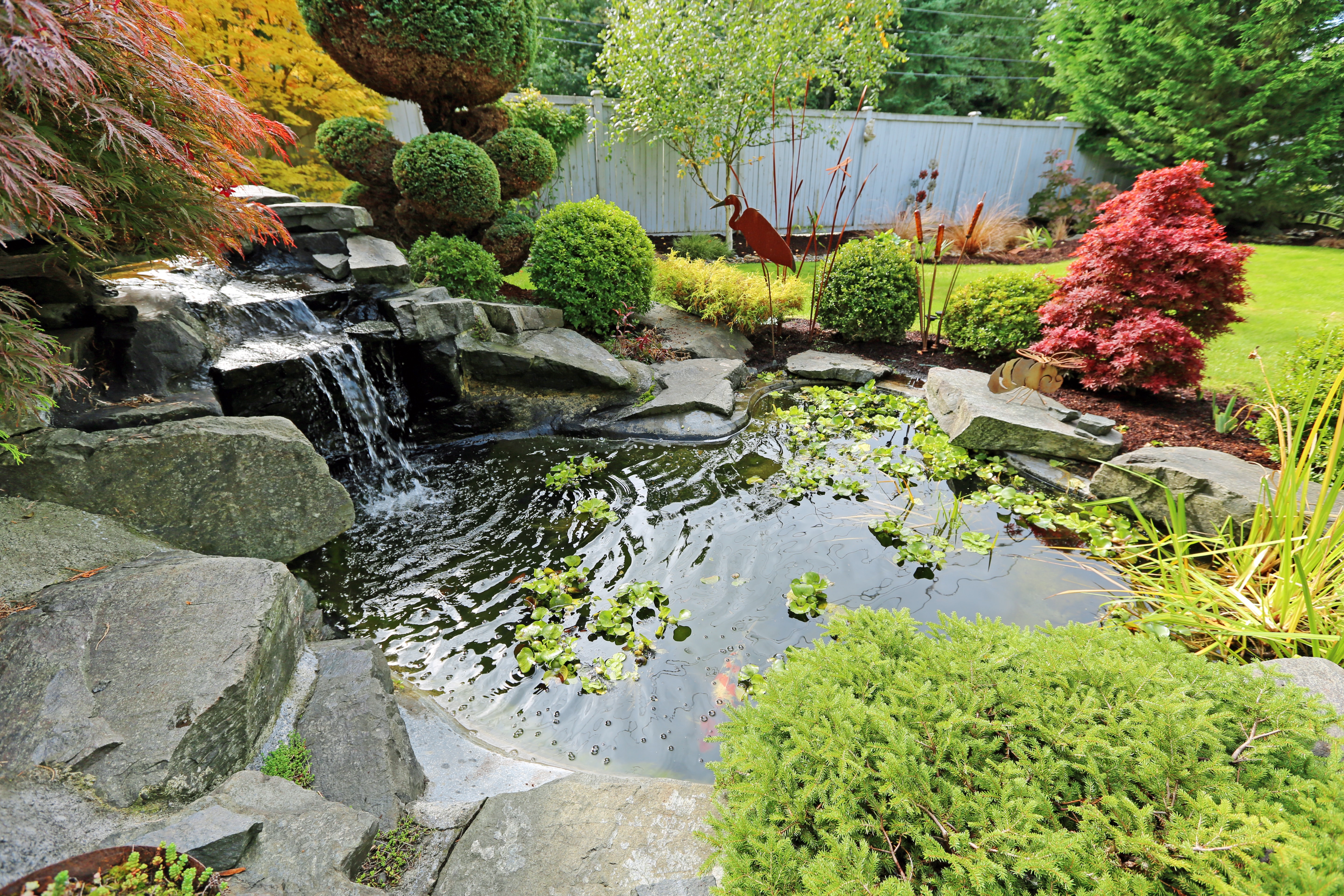
Make sure you build your pond to reflect the proportion of your garden, but don’t make it too small that it can become overcrowded with plants. If you’re looking to put fish in it, the deeper the better. Look to have the minimum depth around 2 and a half feet.
You will then need to decide if you want the base to be plastic or rubber. For ease there are pre moulded plastic ponds available to purchase, which mean you can simply dig a hole roughly to the shape and line it with sand for cushioning. The most popular option is the rubber pond liner which allows you to use your imagination and fully determine the shape and depth of your pond.
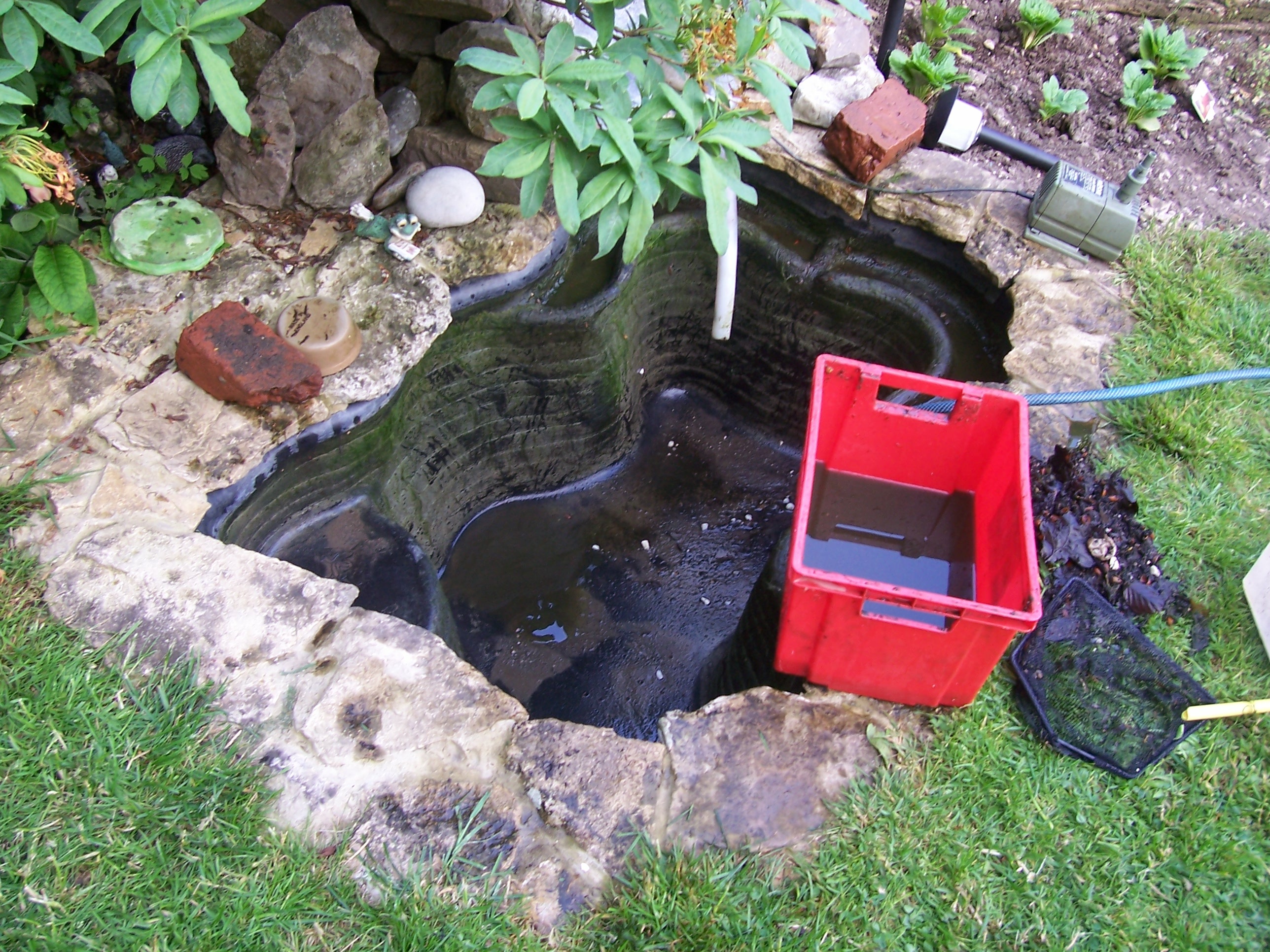
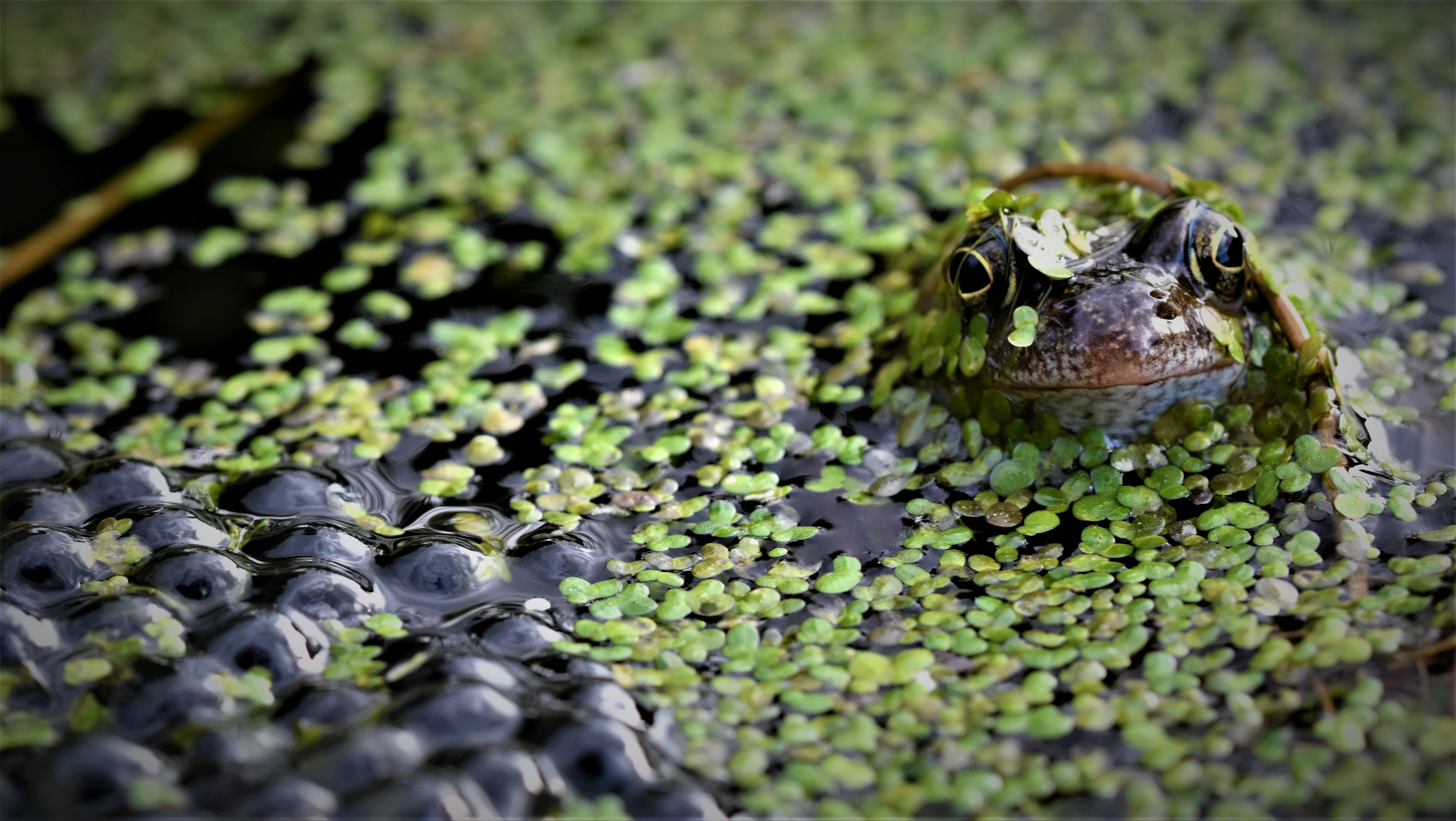
When digging the structure, consider adding some shelving areas for plants. These can be placed around 10 inches below the water’s surface. You may also consider adding in a ‘beach’ style progression into the pond to allow amphibians to access it. It’s essential to add a gradual slope or steps to your pond to allow wildlife like hedgehogs to enter and exit the pond safely.
Finish off your pond off nicely, using rockery stones or flags to lay around the edge of the pond. Make sure you invest in a filter system to help keep it clean. It’s ideal to leave the pond to settle for a few days before adding your plants.
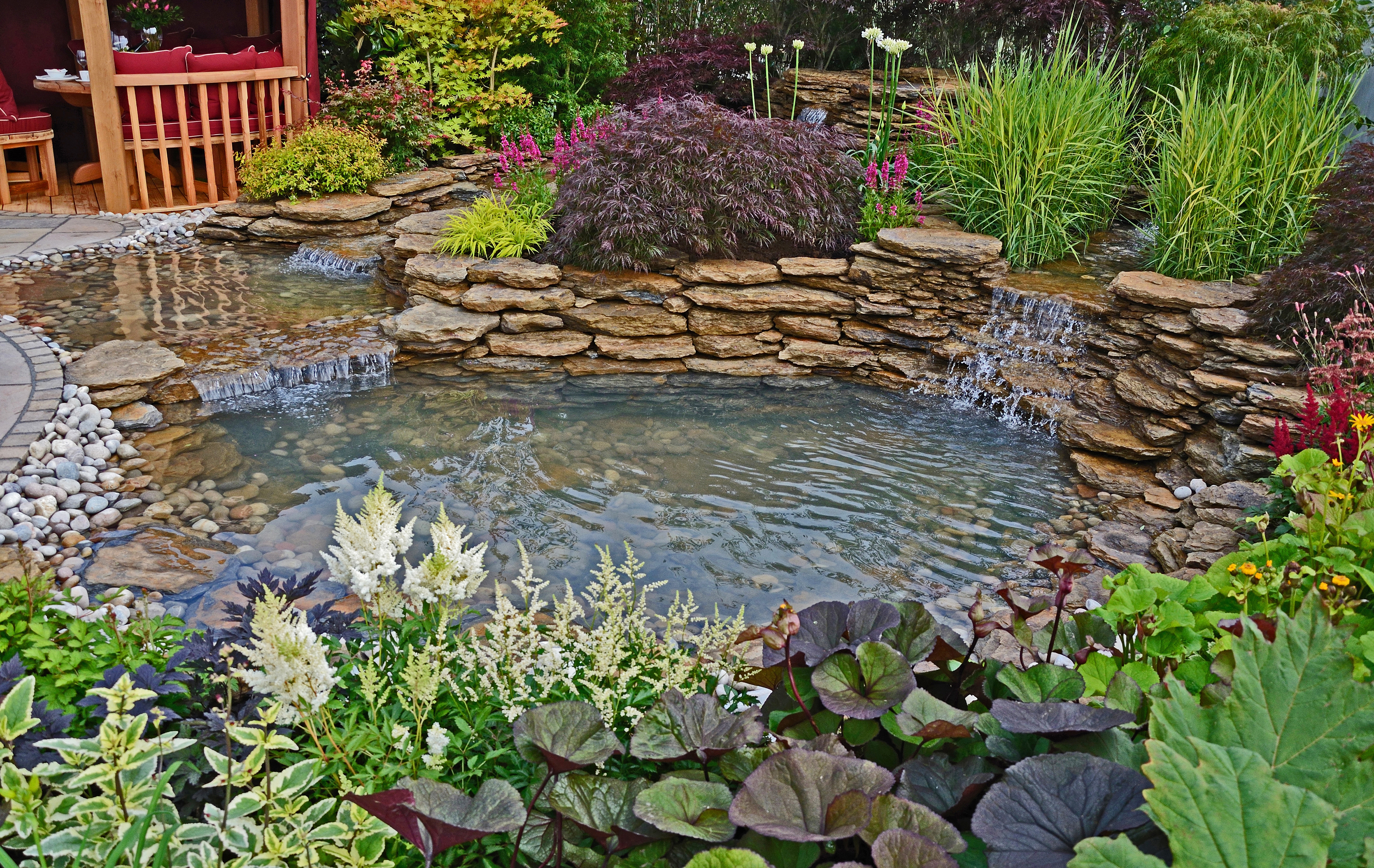
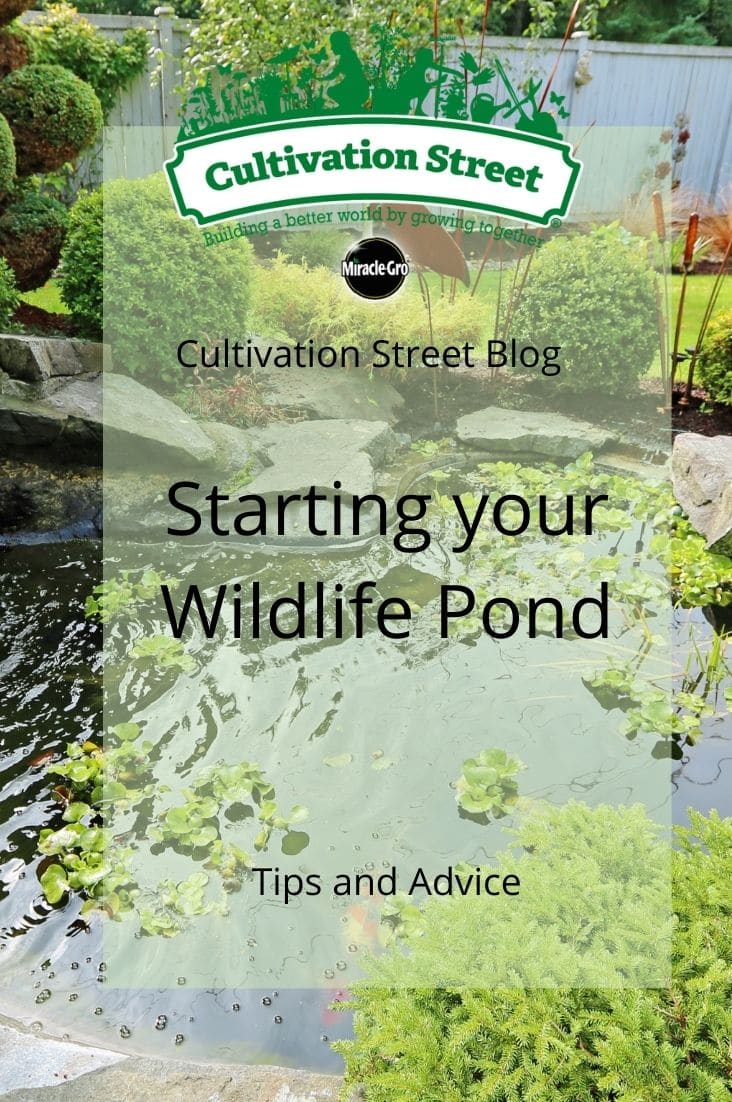
Show us your wildlife pond and all your garden has to offer by entering Cultivation Street 2021 sponsored by Miracle Gro. Click below to Enter

